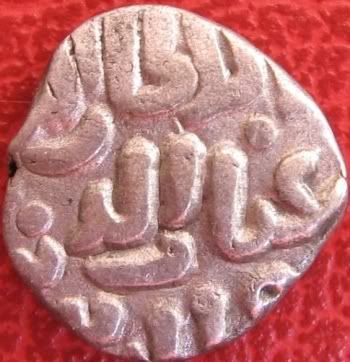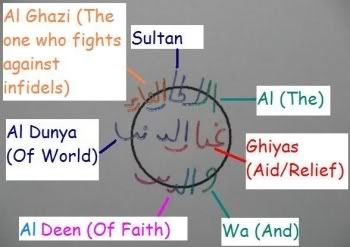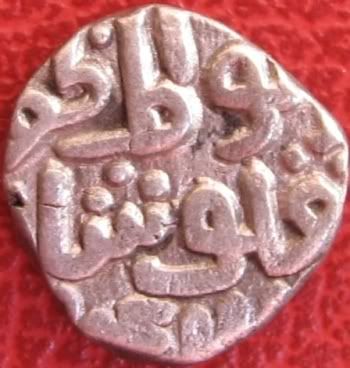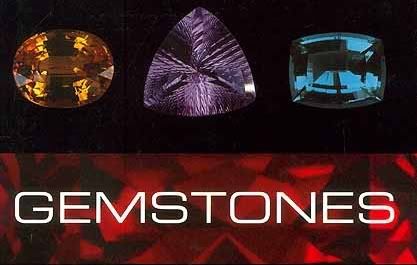The nobles elected Ghazi Malik to fill the vacant throne. He ascended the throne on September 8, 1320 under the title Ghiyas al-Din Tughluq Shah. He was a man of humble origin. His father, a Turk, had been a slave of Sultan Balban; his mother, a Jat woman, was Indian. He began his career as an ordinary trooper and rose to a position of importance through his ability and hard labour. As the Governor of Debalpur, he is said to have repelled Mongol attacks on twenty-nine occasions (which earned him the title Malik Al-Ghazi). His conduct justified the faith put in him by the nobles who elected him. He restored a reasonable amount of order to the internal administration and took measures to guard against the ever present danger of a Mongol invasion.
He sent his son Juna Khan into Deccan, where the countries conquered by 'Ala Al-Din had refused obedience. The prince reached Warangal and laid siege to the fort. The strong walls resisted his efforts, pestilence broke out, his men deserted, and he was forced to return to Delhi. But a second expedition was more successful, resulting in the capture of both Bidar and Warangal. The sultan, meanwhile, having been invited to intervene in a disputed succession, had marched across Bengal and on his way home had annexed Tirhut (Mithila).
While in Bengal, the sultan received disquieting news of prince Juna's behaviour in Delhi. It was said that the prince was increasing the number of his followers in order to have a sizable party of his own. He had also become a desciple of Shaikh Nizamuddin Auliya, who was in bad terms with his father and was reported to have prophesized that the prince would soon replace his father as sultan. These reports enraged the sultan and he headed back to Delhi. Juna Khan erected a wooden pavilion at Afghanpur, a village six miles to the south-east of Delhi to accord reception to his father. It is said that "the building was so designed as to fall when touched in a certain part by the elephants...". The prince entertained his father under the pavilion, and, when the meal was over, requested his father to let him have a view of the elephants he had brought from Bengal. The elephants were brought and paraded. As soon as they came in contact with a certain part of the building, the whole structure collapsed and Ghiyas al-Din, along with his favourite son, prince Mahmud Khan, was crushed. Juna khan made a pretence of sending for picks and shovels to dig out his father and brother, but purposely hindered action being taken until it was too late. The sultan was found bending over the young prince's body, and if he still breathed, as some people assert that he did, was finished off (AD 1325). After nightfall, his body was removed and interred in the massive sepulchre which he had prepared for himself in Tughluqabad, the mighty fortress he had built near Delhi.
Obverse Al-Sultan Al-Ghazi Ghiyas Al-Dunya Wa Al-Deen (The sultan, the one who fights against infidels, aid of [the] world and of faith)


Reverse Abu Al-Muzaffar Tughlak Shah Al-Sultan (Father of the conqueror [Supreme conqueror], Tughlak Shah, the Sultan), 724


(Ref. R1079, Goron D311, Tye 437)








No comments:
Post a Comment